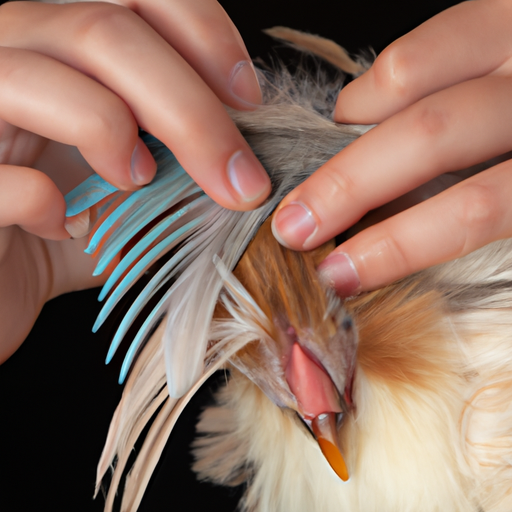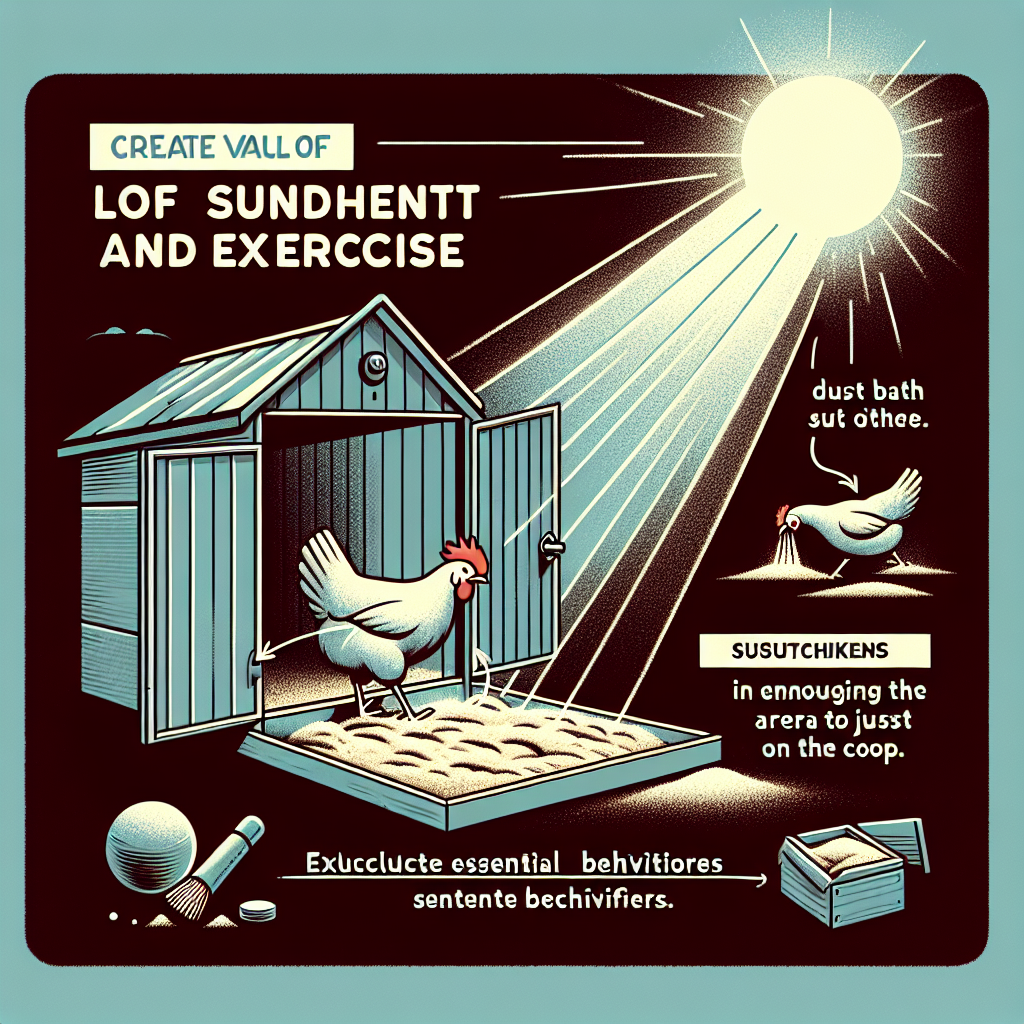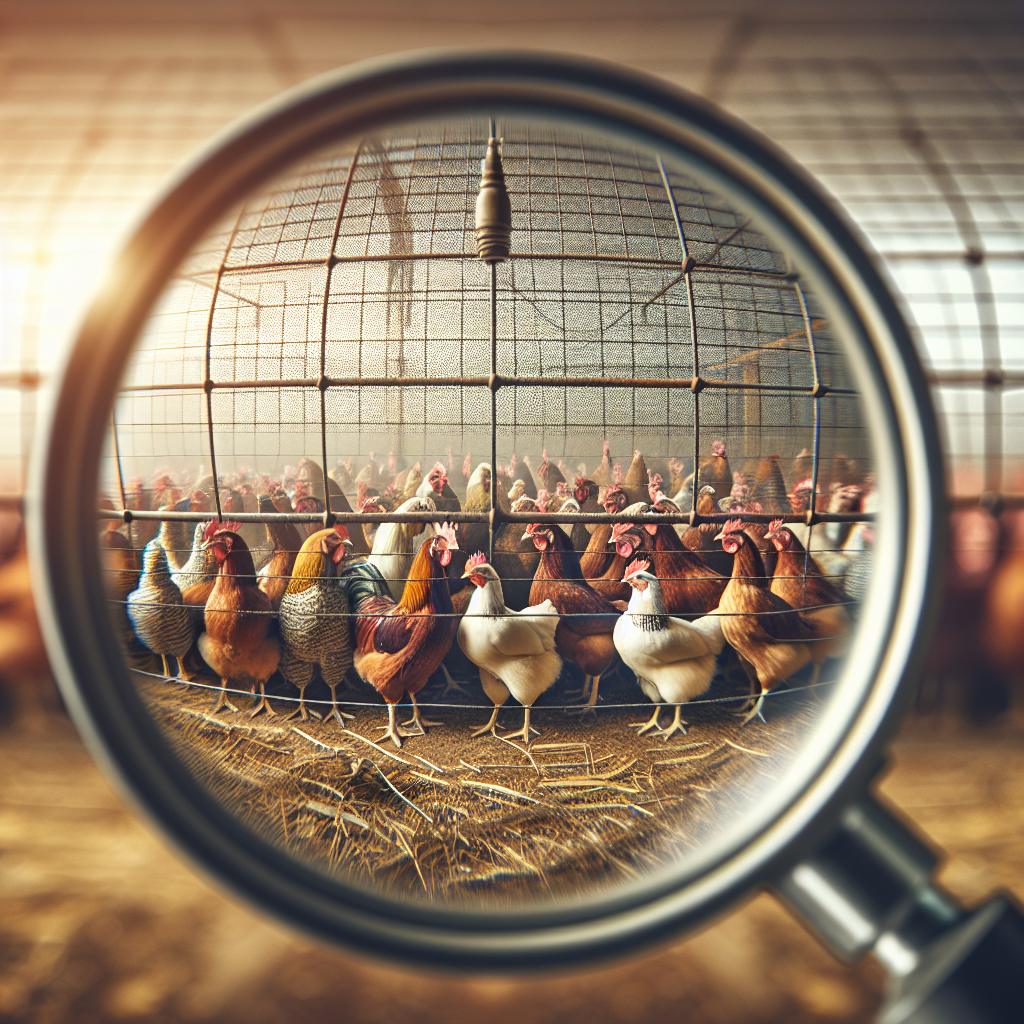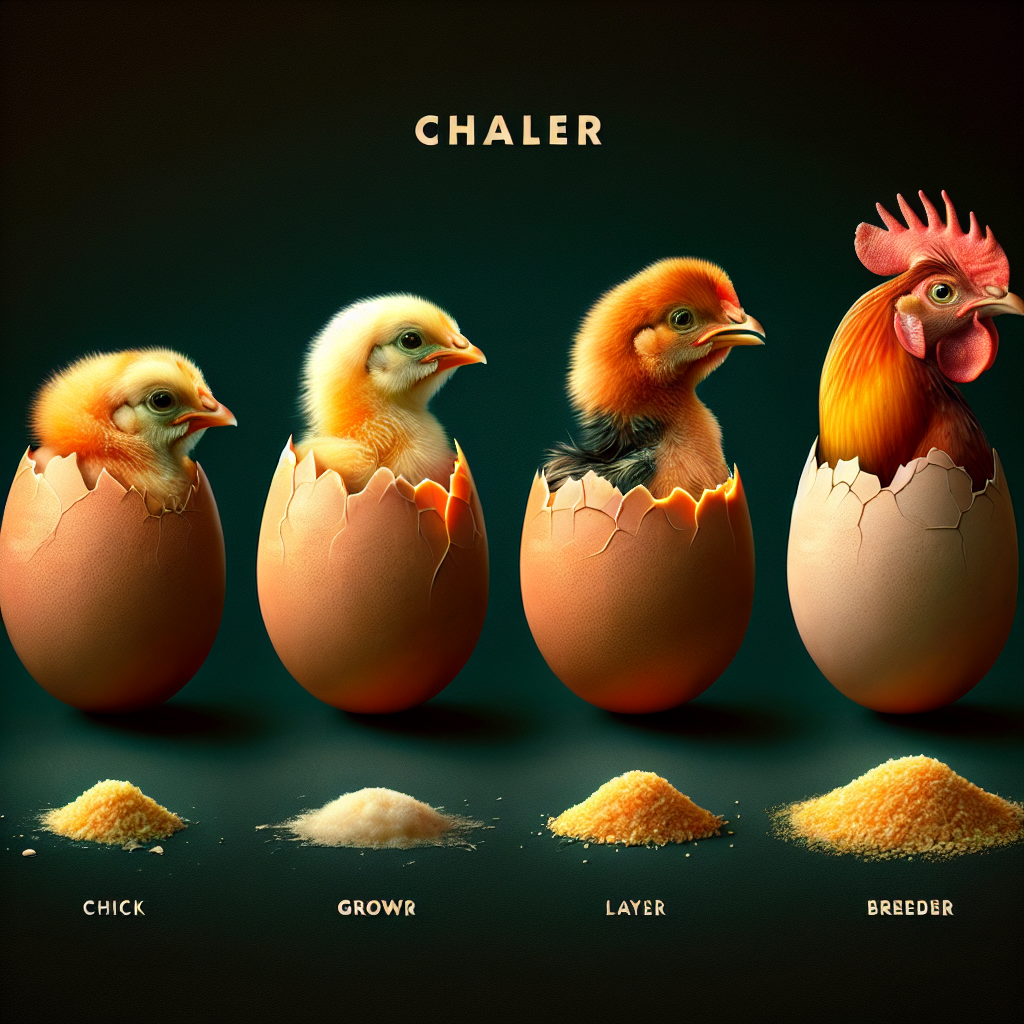It’s time to get clucking because today, we’re going to talk about the essential grooming requirements for your feathered friends – chickens! These fascinating creatures may not have a hairdo to worry about, but they do have some grooming needs that contribute to their overall health and well-being. From bath time to nail trimming, we’ll walk you through the basics of keeping your chickens looking and feeling their best. So grab your comb and let’s get ready to explore the world of chicken grooming!
Feathers
Having healthy feathers is essential for chickens as they provide insulation, protection, and help with flight coordination. To ensure your chickens have healthy feathers, regular brushing is important. This helps to remove dirt, dust, and parasites that may be hiding in their plumage. Using a soft brush or your hands, gently stroke the feathers from the base towards the tips. This not only keeps the feathers clean but also stimulates blood circulation and encourages natural preening.
In addition to brushing, trimming the feathers may be necessary. Chickens with long or excessively feathered wings may have difficulty flying and could potentially injure themselves. Trimming their flight feathers can help prevent accidents and keep them safe. If you’re unsure about how to properly trim their feathers, it’s best to seek guidance from a professional or an experienced chicken owner.
When it comes to bathing, chickens generally do a good job of keeping themselves clean. However, there may be times when they need a little help. If your chickens get dirty or encounter something sticky or oily, giving them a gentle bath can be beneficial. Fill a shallow basin with lukewarm water and encourage your chickens to walk through it. Avoid soaking their entire bodies, as this can lead to chilling. After the bath, make sure to thoroughly dry their feathers, especially in colder weather, to prevent them from getting cold and potentially falling ill.
Claws
Regular trimming of your chickens’ claws is essential in maintaining their overall health and well-being. When left untrimmed, claws can overgrow and become long and sharp, causing discomfort and potential injury. You can use a specialized claw trimmer or sharp scissors to carefully trim the claws, taking care not to cut too close to the quick. If you’re unsure about how much to trim, it’s advisable to have a professional or an experienced chicken owner demonstrate the proper technique.
While trimming their claws, it’s also a good opportunity to inspect for mites or other external parasites. Mites can cause irritation, itching, and even lead to more serious health issues if left untreated. Check between their toes, under their claws, and around the vent area for any signs of mites or their eggs. If you spot any, consult with a veterinarian for appropriate treatment options.
Beak
The beak is a vital tool for chickens as they use it for eating, drinking, grooming, and even defending themselves. While chickens’ beaks typically naturally wear down, there may be instances where it becomes necessary to trim them if they grow too long. Overgrown beaks can make it difficult for chickens to eat and drink properly, leading to malnutrition and other health problems. If you notice your chickens struggling to peck or showing signs of beak overgrowth, it’s important to consult with a professional for assistance.
Regular inspection of your chickens’ beaks is crucial in detecting any abnormalities or injuries. Look for any signs of cracking, breaks, or discoloration, as these could indicate underlying health issues. Additionally, be on the lookout for any sores or infections around the beak area. If you notice anything unusual, seek advice from a veterinarian to ensure the well-being of your flock.
Eyes
Keeping your chickens’ eyes clean and healthy is an important aspect of their overall grooming routine. Regular cleaning of their eyes can help prevent the buildup of dirt, dust, and debris, reducing the risk of eye infections. Use a soft, damp cloth or cotton swab to gently wipe away any crust or discharge that may have accumulated around their eyes. Take care to be gentle and avoid direct contact with the eyes to prevent injuries.
While cleaning, it’s also essential to inspect their eyes for any signs of infections or other issues. Look for redness, swelling, cloudiness, or excessive tearing, as these could be indications of underlying health problems. If you notice any abnormalities, consult a veterinarian for further evaluation and appropriate treatment.
Comb and Wattles
The comb and wattles are the fleshy, reddish growths on a chicken’s head and neck. Regular cleaning and inspection of these areas are important in maintaining the health and well-being of your flock. Use a damp cloth or sponge to gently wipe away any dirt or debris that may have accumulated on the comb and wattles, taking care not to cause any discomfort or injury. Cleanliness helps prevent the buildup of bacteria and parasites, reducing the risk of infections or other health conditions.
During the cleaning process, it’s crucial to inspect the comb and wattles for any signs of frostbite. In colder climates, chickens are susceptible to frostbite, which can cause damage to their extremities. Look for any discoloration, swelling, or blackened areas, and if you suspect frostbite, consult with a veterinarian on how to best manage and prevent further damage.
Vent
The vent, also known as the cloaca, is the external opening at the end of a chicken’s digestive and reproductive system. Proper sanitization and regular inspection of the vent area are important for keeping your chickens healthy and comfortable. Clean the vent area using a moist cloth or mild soapy water to remove any droppings, dirt, or debris that may have accumulated. Make sure to rinse thoroughly and pat dry to prevent excess moisture.
Besides cleanliness, it’s essential to inspect the vent for any signs of prolapse. Vent prolapse occurs when the internal structures protrude through the vent opening, leading to serious health complications. Look for any swelling, redness, or protruding tissues and seek veterinary assistance if you suspect vent prolapse.
Feet
Healthy feet are essential for chickens to move, perch, and scratch about. Regular cleaning and inspection of their feet can help prevent and address potential issues. Clean their feet with warm water and a gentle soap to remove any dirt or debris. Gently pat them dry to avoid excess moisture, as dampness can contribute to bacterial or fungal infections.
While cleaning, it’s important to inspect their feet for any signs of bumblefoot. Bumblefoot is a condition caused by an infection or injury to the footpad, resulting in a swollen, inflamed, and potentially painful lump. Look for any redness, swelling, or abrasions, and if you suspect bumblefoot, consult with a veterinarian for proper diagnosis and treatment.
Dust Bath
Providing a specific area for your chickens to take dust baths is important for their overall grooming routine. Chickens naturally love to take dust baths as it helps to regulate their body temperature, remove excess oils, and prevent parasites. Create a designated area by providing a shallow container filled with sand, dry soil, or a mixture of both. Allow your chickens access to it regularly to enjoy their dust baths.
Dust bathing provides numerous benefits for chickens. Firstly, it cleans their feathers and removes any dirt or parasites that may be present. It also helps to prevent excessive oil buildup on their feathers, keeping them in good condition. Additionally, the act of dust bathing helps stimulate blood circulation and preening behaviors, which are important for feather health and overall well-being.
Molting
Molting is a natural process in which chickens shed their old feathers and grow new ones. Supporting healthy molting in your flock is crucial for their overall health and feather regrowth. During molting, chickens require extra protein and nutrients to support feather production. Supplement their diet with high-quality feed that is specifically formulated for molting chickens. This will ensure they receive the necessary nutrients to strengthen their new feathers.
To further assist in the molting process, consider adding additional protein-rich treats to their diet. Mealworms, cooked eggs, or even small amounts of cooked lean meat can provide the extra protein boost they need. Ensure their access to fresh water at all times, as hydration is vital for feather regrowth.
Conclusion
Maintaining the grooming needs of your chickens is essential in promoting their overall health and well-being. Regular brushing, trimming, and bathing help keep their feathers clean and free from parasites. Proper maintenance of beaks, eyes, combs, wattles, vents, and feet helps prevent discomfort and potential health issues. Providing a dust bath area and supporting healthy molting ensures your chickens have the best care possible. By taking the time to address their grooming requirements, you are helping to ensure happy and content chickens in your flock.




